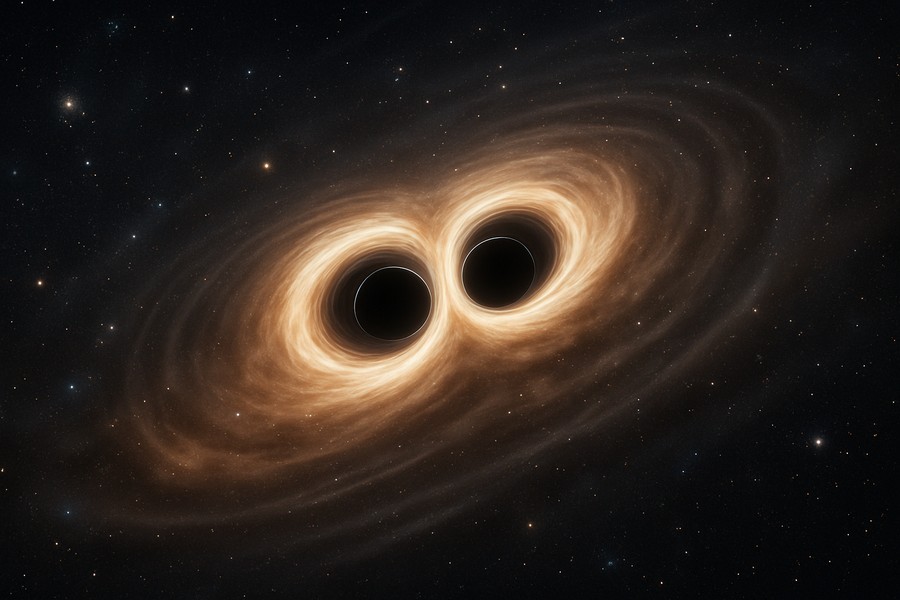
Decade-Long Research in Black Hole Science Validates Stephen Hawking's Predictions
It has been a decade since physicists achieved the monumental task of detecting gravitational waves, which are essentially shockwaves released by cataclysmic cosmic phenomena, such as the violent fusion of two black holes.
This massive scientific advancement quickly earned three significant contributors to the research the esteemed physics Nobel Prize. Over the past ten years, hundreds of black hole fusions have been detected, along with other extreme cosmic occurrences like neutron stars' collisions and black holes merging with a neutron star.
Progress in Gravitational Wave Analysis
Now, a scientific research journal reveals that over the past decade, advancements in gravitational wave analysis have significantly improved. This has recently allowed the validation of an essential theory about the growth of black holes, initially proposed by the renowned physicist Stephen Hawking in 1971.
The theory states that the total surface area of black holes can never decrease. This was observed by scientists after analyzing gravitational waves detected earlier this year. The waves were traced back to two colliding black holes about 1.3 billion light-years away.
The colliding black holes had masses that were 30 to 40 times the mass of our Sun, making their collision quite similar to the event that led to the initial detection of gravitational waves in 2015. Since then, the two colossal detectors located in Louisiana and Washington state have been consistently upgraded.
Improved Detectors and Clearer Signals
Thanks to the improved quality of these detectors, signals can now be recorded with much greater clarity. This has enabled a fresh analysis, demonstrating that the initial black holes had a combined surface area of 240,000 square kilometers, roughly equivalent to the size of Oregon. After merging to form a single black hole, the area increased to about 400,000 square kilometers, approximately the size of California.
Hawking's theory suggests that the final area of the black hole should be larger than the total area of the two initial black holes, and this is exactly what was observationally demonstrated with the signal.
Hawking's Legacy Lives On
This validation of Hawking's theory is the kind of evidence he had hoped for when the first gravitational wave detection was announced a decade ago. Unfortunately, at that time, it was not feasible due to too much noise in the data and insufficiently advanced analytic techniques.
Though Hawking passed away in 2018, this discovery ensures that his legacy continues. The ideas considered as mere speculation in the 70s are now being proven with actual data, and cosmic events are occurring almost precisely as predicted.
Even Albert Einstein, who had predicted the existence of gravitational waves in 1916, believed they would never be detected. If he knew that we are now detecting gravitational waves from colliding black holes every other day or so, it would have been astonishing for him.
Surprising Discovery of Black Hole Mergers
Overall, scientists have been taken aback by the number of merging black holes they have observed. This has led to so much learning about black holes that some propose calling this field 'black hole astronomy' instead of 'gravitational wave astronomy'.
It was anticipated that more mergers between neutron stars would be observed, but so far, only a few examples have been detected. This may change as researchers are already working on plans for newer, much larger gravitational wave detectors that would be ten times more sensitive. In another decade, these detectors could even be under construction, given that they receive the necessary funding.
However, the current observatory, which is funded by the National Science Foundation, faces potential budget cuts, with proposals for substantial reductions in the coming years.
